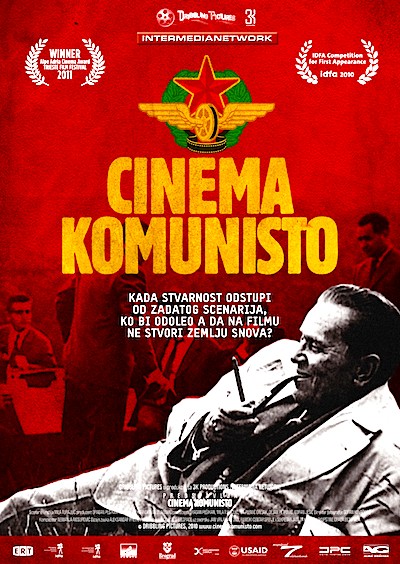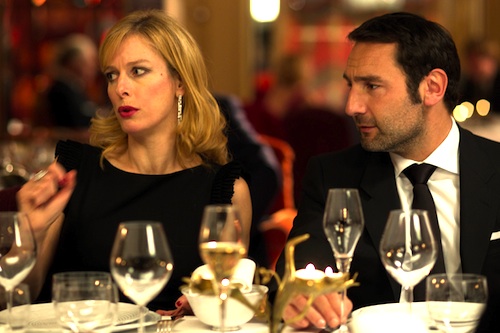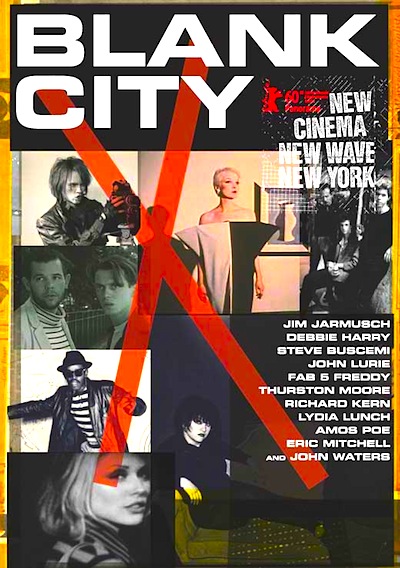By Joe Bendel. It was a country that never really existed with an economic system that never worked. Obviously, Communist Yugoslavia needed constant distractions. Avala, the now decrepit Yugoslav state film studio responded with a constant stream of propaganda pictures, varying widely in quality. Mila Turajlic revisits the films and filmmakers who brought Tito’s version of reality to Yugoslavia’s movie-houses in Cinema Komunisto (trailer above), which screens during the 2011 Tribeca Film Festival.
 It was good to be the Marshal. A lifelong film buff, Josip Broz Tito had a private screening almost every night of his reign. Unlike other Communist strongmen, he enjoyed Hollywood films as well as the Avala productions he took such an active interest in. According to his personal projectionist, one of his favorite actors was none other than John Wayne. He probably appreciated the Duke’s World War II films.
It was good to be the Marshal. A lifelong film buff, Josip Broz Tito had a private screening almost every night of his reign. Unlike other Communist strongmen, he enjoyed Hollywood films as well as the Avala productions he took such an active interest in. According to his personal projectionist, one of his favorite actors was none other than John Wayne. He probably appreciated the Duke’s World War II films.
Indeed, the war was nearly ubiquitous in his state propaganda pictures. According to actor Bata Zivojinovic, many of his films simply consisted of him killing Germans from beginning to end. While not exactly ambitious, there is something to be said for the red meat approach. However, Avala also produced some legitimate prestige pictures, including the epic Battle of Neretva, featuring major stars from the West, including Yul Brynner, Orson Welles, and the Zagreb-born Sylva Koscina. A darling on the international festival circuit, Pablo Picasso was convinced to create the film’s poster.
Neretva was not an aberration. Western studios co-financed several productions with Avala and shot a number of films on location in Yugoslavia, often because of the country’s ready supply of vintage WWII era military hardware and their willingness to blow it up when required by the script. The Hollywood-Avala connection arguably reached its pinnacle when Richard Burton agreed to play Tito in the first sanctioned bio-picture of the soon to be declared President-for-Life. (With Elizabeth Taylor in tow, he looks distinctly woozy in vintage publicity footage unearthed by Turajlic.) Continue reading LFM Review: Cinema Komunisto @ Tribeca 2011



